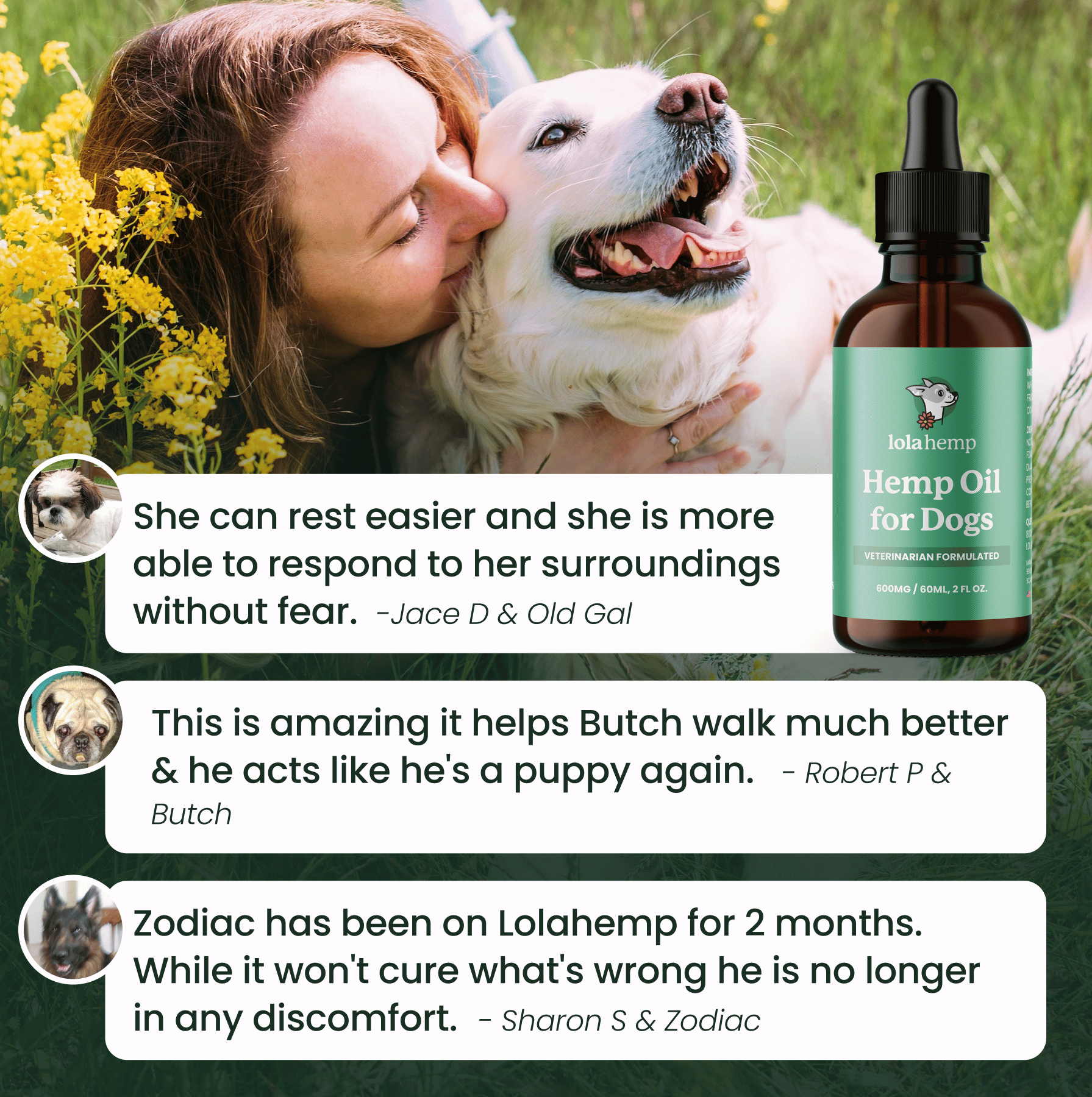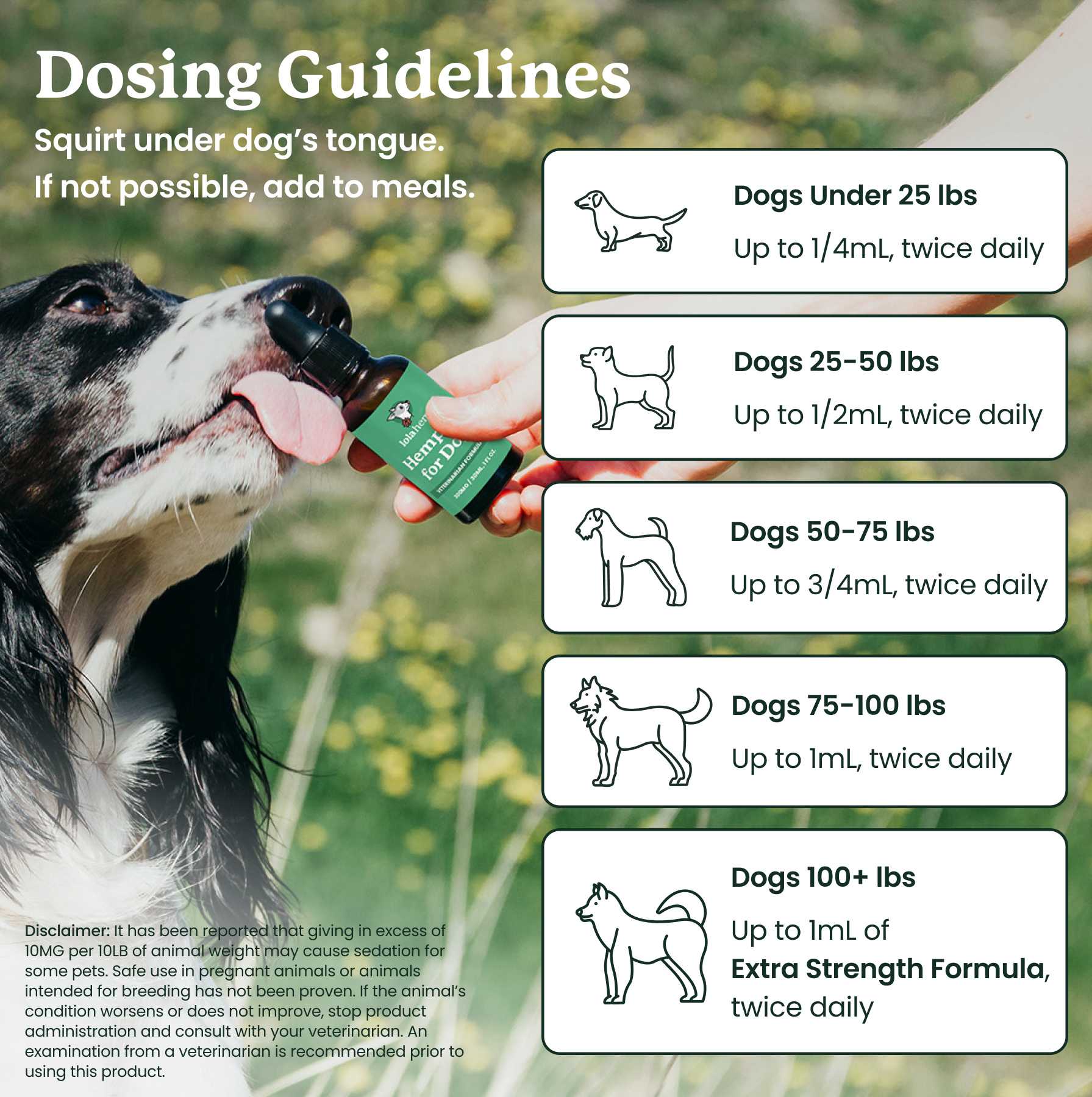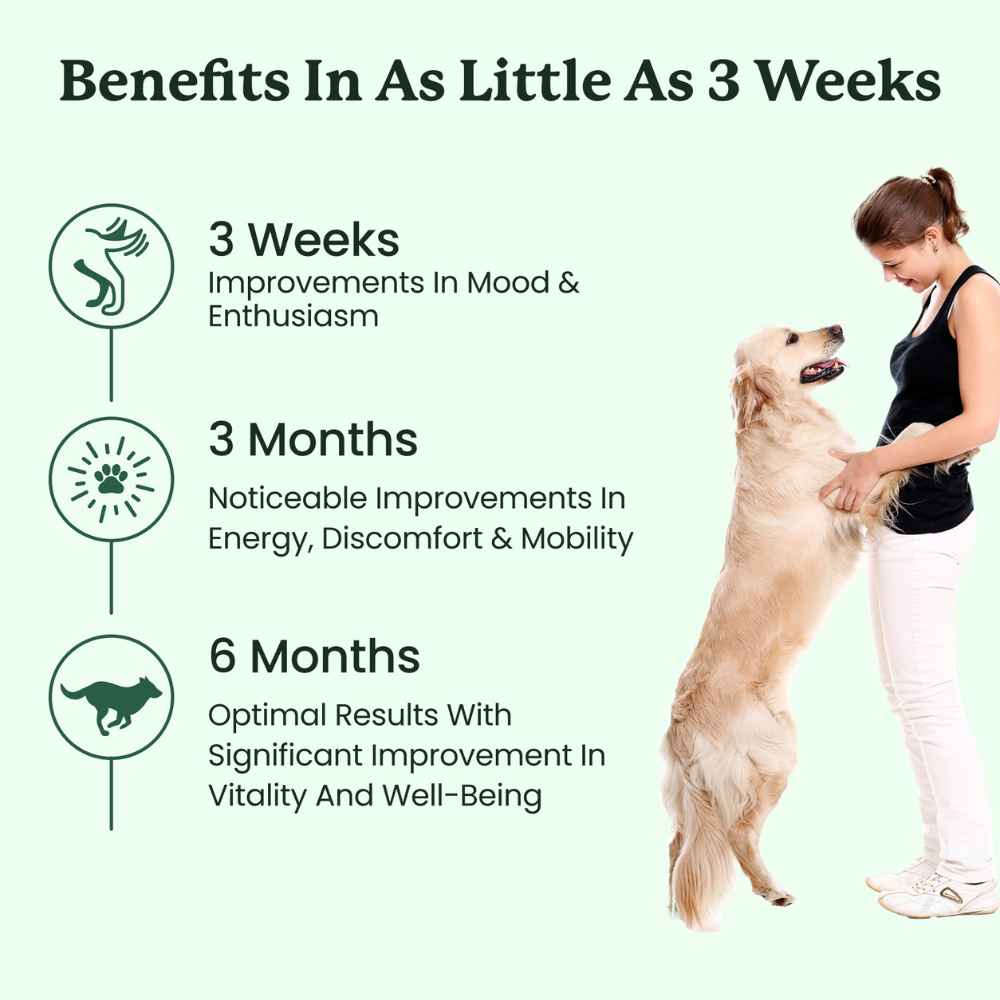The world of dog breeds is vast, and extremely interesting. When you understand the different dog breeds and how they came to be, you can better understand the type of dog you'd like to bring into your home.
Additionally, the history of dog breeds sheds light on how important and incredible dogs are. Dogs have helped human beings advance in many essential ways, and it's very possible that human civilization would be less advanced if we had never domesticated dogs.
Keep reading to get a deeper understanding of the different classes of dog breeds, where they're from, ways to support their health, and how they came to be.
From Wolves to Family Members: Breed Origins
Before there were specific dog breeds, there were wolves. The leading theory is that 15,000-30,000 years ago, wolves domesticated themselves by following human groups and scavenging. This process played out multiple times, in different continents, which is part of the reason there are so many breeds today.
The friendlier, tamer scavenging wolves were welcomed by humans and rewarded with more food, security, and comfortable by their chosen humans. In return, wolves offered human groups security by alerting us to threats, hunting for food, and cleaning up food waste that could draw predators.
Generation after generation, wolves were bred by humans to be less wild and more domesticated. Traits like aggression toward humans were left behind, and positive qualities like hunting ability and intelligence were honed.

Breed Diversification & Advances to Humankind
Once wolves engrained themselves into our lives, they became evolutionary partners for us. Their contributions to human societies, in some measure, allowed us to make advancements that define the evolution of our species. These contributions dictated the way breeds would diversify and result in the tapestry of wonderful dogs that exist today.
Here are a few key contributions that dogs made to humanity:
- Awareness of Predators: Dogs' ability to keep watch and spot predators allowed human groups to sleep safely, and even form larger groups that could remain stationary rather than wandering.
-
Hunting & Tracking: The ability to track and hunt animals allowed humans to be more efficient while hunting, increasing food supplies and reducing the resources needed bring food back to the camp.
- Template for Domestication: The domestication of dogs served as a guide for how to domesticate other animals, allowing humans to farm and raise livestock, reducing the need to migrate. This is a massive factor in the birth of human cities and, ultimately, civilizations.
- Herding & Protection of Livestock and Grain: Herding livestock would be impossible without significant manpower without the help of dogs. One dog can herd a flock of sheep or cattle more effectively than many human beings. Additionally, hunting vermin that could ruin crops or crop stores allowed humans to stockpile food and live well with a lower risk of disease.
These specialties would set the stage for all dog breeds to diversify and be extremely effective companions to this day. Let's look into each of the categories of modern dog breeds.
The 7 Primary Modern Dog Breed Groups
The American Kennel Club distinguishes seven primary modern groups of dog breeds. These groups are set by the breed's function, energy, instinct, and behavior.
Each of these breed groups contain myriad breeds within them, but widely grouping individual breeds into categories helps us understand them. If you'd like to learn more about any of these breed groups, you can read our guides on each of them.
1. Working Breed Group
Dogs in the working group are generally larger, and bred to perform specific tasks in cooperation with their human owners. Working group dogs are often strong, intelligent, and extremely obedient (when properly trained).
The roles that working group dogs perform are, in many cases, crucial to the livelihood and survival of their owners, so they're a critical and wonderful group of dogs.
Some of the key roles that working group dogs perform include cattle droving, alpine rescue, supply transport, pulling carts, guarding, police work, large animal hunting, water rescue, and more.

Qualities of Working Group Dogs
Key Traits: size, endurance, protective instincts, intelligent, trainable demeanors, loyalty, confidence
Key Health Issues: dysplasia, bloat, joint issues, heart issues, shorter life spans
Key Needs: mental stimulation, physical exercise, present owners, cool environments
Dogs Within the Working Group
- Alaskan Malamute
- Bernese Mountain Dog
- Boxer
- Bullmastiff
- Cane Corso
- Doberman Pinscher
- Giant Schnauzer
- Great Dane
- Great Pyrenees
- Komondor
- Kuvasz
- Leonberger
- Mastiff
- Neapolitan Mastiff
- Newfoundland
- Portuguese Water Dog
- Rottweiler
- Saint Bernard
- Siberian Husky
- Tibetan Mastiff
2. Herding Breed Group
The herding group includes dogs originally bred to help control livestock like sheep and cattle. These dogs are agile, responsive, and often excel in obedience and agility training.
Herding dogs are known for their intelligence and need to stay mentally and physically engaged. They thrive when given tasks, training, or even just an active lifestyle.
They are loyal companions that can be excellent for families with active lifestyles and the time to meet their stimulation needs.

Qualities of Herding Group Dogs
Key Traits: intelligent, alert, agile, responsive, eager to work
Key Health Issues: hip dysplasia, eye issues (PRA, cataracts), sensitivity to certain medications (MDR1 gene)
Key Needs: mental tasks, daily exercise, structure, consistent training
Dogs Within the Herding Group
- Australian Cattle Dog
- Australian Shepherd
- Bearded Collie
- Beauceron
- Belgian Laekenois
- Belgian Malinois
- Belgian Sheepdog
- Belgian Tervuren
- Bergamasco Sheepdog
- Border Collie
- Bouvier des Flandres
- Briard
- Canaan Dog
- Cardigan Welsh Corgi
- Collie
- German Shepherd Dog
- Icelandic Sheepdog
- Miniature American Shepherd
- Mudi
- Old English Sheepdog
- Pembroke Welsh Corgi
- Polish Lowland Sheepdog
- Puli
- Pyrenean Shepherd
- Shetland Sheepdog
- Spanish Water Dog
3. Hound Breed Group
Hounds were bred to track or chase prey. Some rely on scent, while others use sight to pursue game. They were essential partners to hunters and often worked independently.
Hound breeds range from quiet and laid-back to extremely driven and vocal. Many are natural athletes and require room to roam or run.
They can be independent thinkers, so patience and consistency are key to successful training.

Qualities of Hound Group Dogs
Key Traits: driven, independent, alert, vocal, athletic
Key Health Issues: ear infections (long ears), hip dysplasia, bloat, thyroid issues
Key Needs: secure yard, scent games or chasing play, moderate to high exercise
Dogs Within the Hound Group
- Afghan Hound
- American English Coonhound
- American Foxhound
- Basenji
- Basset Hound
- Beagle
- Black and Tan Coonhound
- Bloodhound
- Bluetick Coonhound
- Borzoi
- Dachshund
- English Foxhound
- Greyhound
- Harrier
- Ibizan Hound
- Irish Wolfhound
- Norwegian Lundehund (Spritz)
- Norwegian Elkhound
- Otterhound
- Petit Basset Griffon Vendéen
- Pharaoh Hound
- Plott
- Redbone Coonhound
- Rhodesian Ridgeback
- Saluki
- Scottish Deerhound
- Sloughi
- Treeing Walker Coonhound
- Whippet
4. Sporting Breed Group
Sporting dogs were bred to assist hunters in retrieving game from land and water. These breeds are friendly, eager to please, and tend to be very trainable.
They thrive in active homes and love being part of family routines. Many are natural swimmers and have a high tolerance for physical activity.
They are excellent dogs for outdoorsy owners who can keep them engaged and exercised.

Qualities of Sporting Group Dogs
Key Traits: energetic, affectionate, trainable, athletic, sociable
Key Health Issues: hip/elbow dysplasia, ear infections, obesity, arthritis in seniors
Key Needs: consistent exercise, companionship, access to outdoor activity
Dogs Within the Sporting Group
- American Water Spaniel
- Brittany
- Chesapeake Bay Retriever
- Clumber Spaniel
- Cocker Spaniel
- Curly-Coated Retriever
- English Cocker Spaniel
- English Setter
- English Springer Spaniel
- Field Spaniel
- Flat-Coated Retriever
- German Shorthaired Pointer
- German Wirehaired Pointer
- Golden Retriever
- Gordon Setter
- Irish Red and White Setter
- Irish Setter
- Labrador Retriever
- Lagotto Romagnolo
- Nova Scotia Duck Tolling Retriever
- Pointer
- Spinone Italiano
- Vizsla
- Weimaraner
- Welsh Springer Spaniel
- Wirehaired Pointing Griffon
5. Non-Sporting Breed Group
The non-sporting group is a diverse collection of breeds that don’t neatly fit into other categories. They were bred for a variety of purposes—from watchdogs to circus performers to companions.
This group varies widely in size, coat type, and personality. Some are playful and social; others are more reserved or stubborn.
Because of this variety, it's important to research individual breeds before assuming suitability for a specific lifestyle.

Qualities of Non-Sporting Group Dogs
Key Traits: diverse personalities, adaptable, bold, sometimes quirky or stubborn
Key Health Issues: breed-specific issues (e.g., breathing problems in Bulldogs, eye issues in Dalmatians)
Key Needs: tailored care based on breed, socialization, routine companionship
Dogs Within the Non-Sporting Group
- American Eskimo Dog
- Bichon Frise
- Boston Terrier
- Bulldog
- Chinese Shar-Pei
- Chow Chow
- Coton de Tulear
- Dalmation
- Finnish Spitz
- French Bulldog
- Keeshond
- Lhasa Apso
- Lowchen
- Poodle (Standard and Miniature)
- Schipperke
- Shiba Inu
- Tibetan Spaniel
- Tibetan Terrier
- Xoloitzcuintli
6. Toy Breed Group
Toy breeds were bred primarily for companionship, often living in the laps of royalty. These small dogs are alert, affectionate, and often more confident than their size suggests.
They make excellent pets for those in smaller living spaces, though many still have high energy and training needs.
Despite their size, they benefit from the same structure, enrichment, and vet care as larger breeds.

Qualities of Toy Group Dogs
Key Traits: small, charming, lively, affectionate, alert
Key Health Issues: dental problems, luxating patella, hypoglycemia, respiratory sensitivity
Key Needs: gentle handling, mental stimulation, protection from cold or injury
Dogs Within the Toy Group
- Affenspinscher
- Brussels Griffon
- Cavalier King Charles Spaniel
- Chihuahua
- Chinese Crested
- English Toy Spaniel
- Havanese
- Italian Greyhound
- Japanese Chin
- Manchester Terrier (Toy)
- Miniature Pinscher
- Papillon
- Pekingese
- Pomeranian
- Poodle (Toy)
- Pug
- Shih Tzu
- Silky Terrier
- Toy Fox Terrier
- Yorkshire Terrier
7. Terrier Breed Group
Terriers were developed to hunt and eliminate vermin, often by digging or chasing. These breeds are bold, determined, and incredibly spirited.
They are known for their feistiness and courage, and often challenge dogs much larger than themselves.
Terriers do best with confident owners who provide training, structure, and outlets for their high energy and instincts.

Qualities of Terrier Group Dogs
Key Traits: bold, energetic, tenacious, vocal, clever
Key Health Issues: skin allergies, joint problems, behavioral reactivity if untrained
Key Needs: structured training, stimulation, firm leadership, secure fencing
Dogs Within the Terrier Group
- Airedale Terrier
- American Hairless Terrier
- American Staffordshire Terrier
- Australian Terrier
- Bedlington Terrier
- Border Terrier
- Bull Terrier
- Cairn Terrier
- Cesky Terrier
- Dandie Dinmont Terrier
- Fox Terrier (Smooth and Wire)
- Irish Terrier
- Kerry Blue Terrier
- Lakeland Terrier
- Manchester Terrier
- Miniature Bull Terrier
- Miniature Schnauzer
- Norfolk Terrier
- Norwich Terrier
- Parson Russell Terrier
- Rat Terrier
- Russell Terrier
- Scottish Terrier
- Sealyham Terrier
- Skye Terrier
- Soft Coated Wheaten Terrier
- Staffordshire Bull Terrier
- Welsh Terrier
- West Highland White Terrier
- Wire Fox Terrier
Conclusion
Dogs come from all walks of life, and have been bred to serve all types of purposes. We hope you have a better idea of where your dog comes from after reading this, and if you'd like to learn more about specific breed groups or breeds, click the links in this article to get more detailed information on each of the dog groups discussed!









